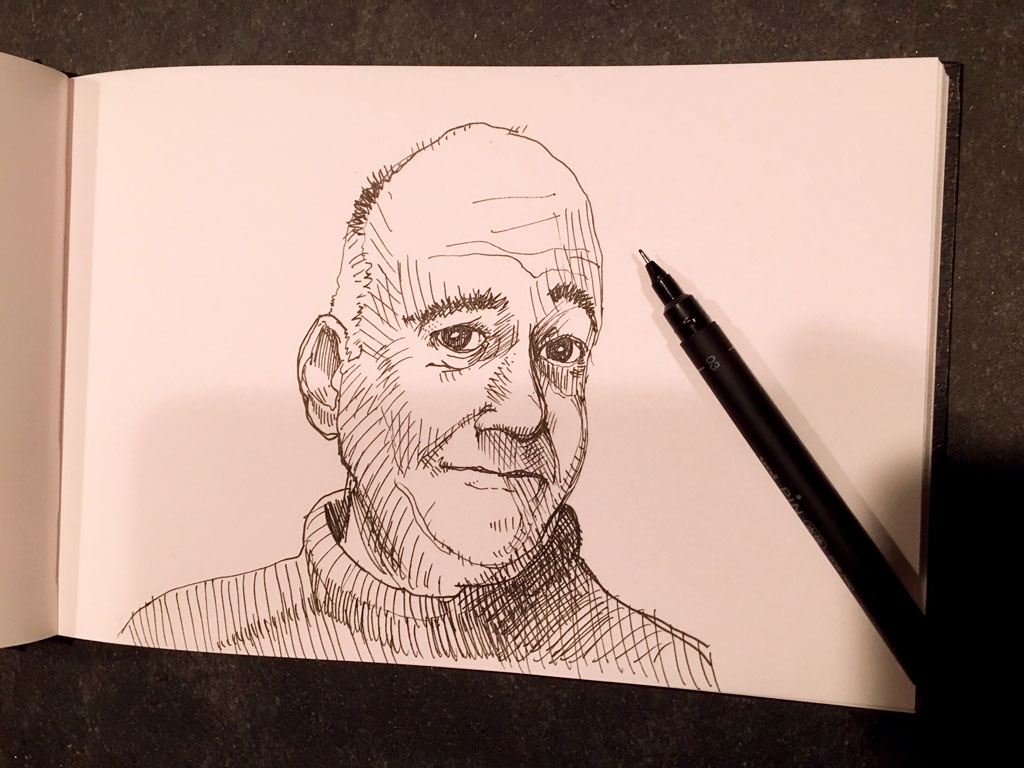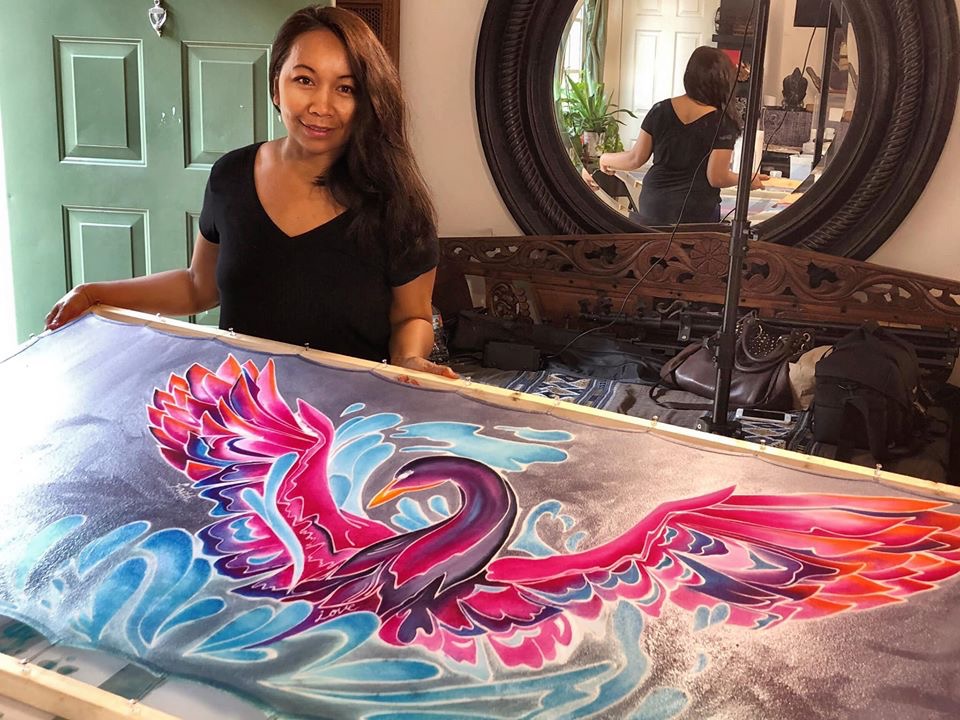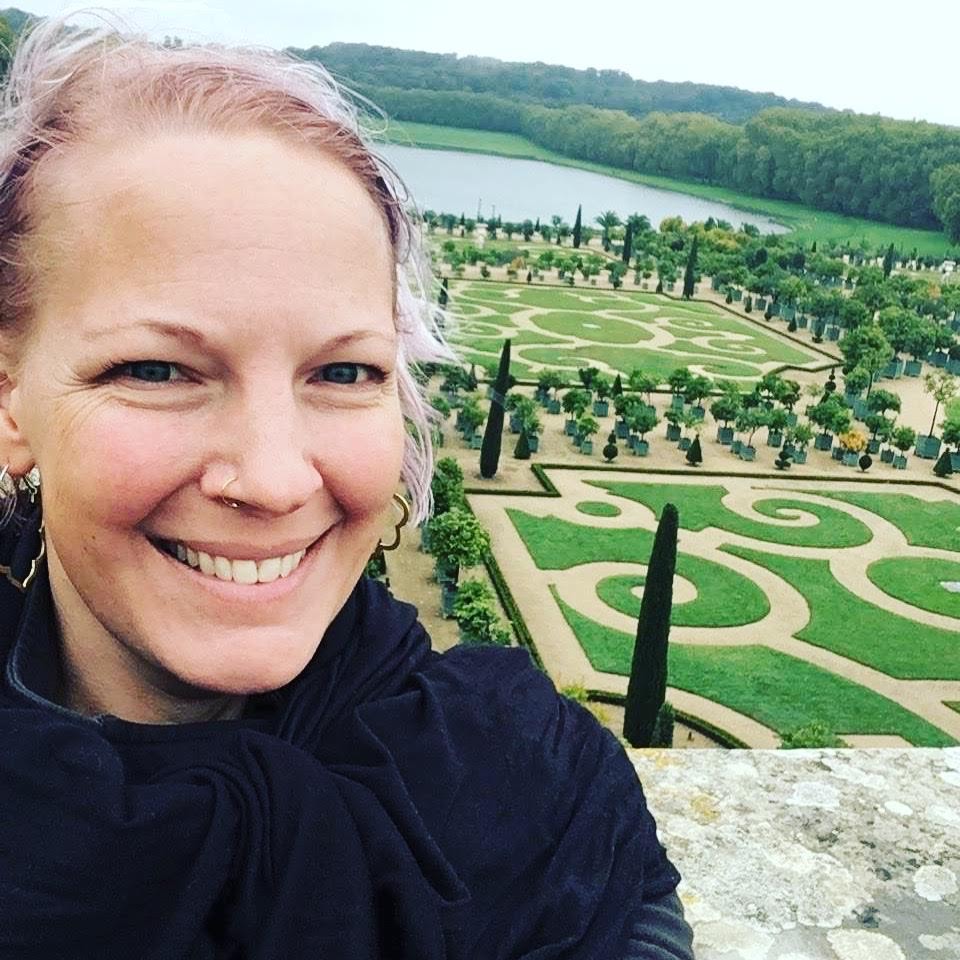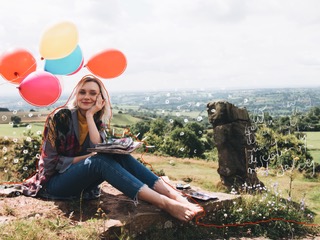#138 Danny Gregory: Author, Artist, and Teacher
Artist Danny Gregory has written a dozen books about drawing and art. He first came to drawing in his 30’s when his family was going through a difficult time. Drawing everyday objects in his home and from his walks through his New York City neighborhood became the comfort that he needed. Danny was very generous in telling us his personal story of how and why he started drawing. He’s since formed a huge community of sketchbook artists who encourage one another with their passion, and he shares what he’s learned in the Sketchbook Skool online classes that he started with his partner Koosje Koene. Listen here or use a podcast app, such as Apple Podcasts, Castbox, Spotify, or Stitcher. Danny Gregory by Danny Gregory Danny's drawing started out like this: He drew the first thing in his medicine cabinet. Then the next, then the next. This is Danny's latest book. Danny's personal website is dannygregory.com and you can find his blog through that or dannygregorysblog.com. You can find a list of all Danny's books on the Author tab of his website here. You can find him on Instagram @dannyobadiah Danny started The Sketchbook Skool with Koosje Koene. That website is sketchbookskool.com. Sketchbook Skool has a Facebook group Facebook page (Sketchbook Skool News) Instagram YouTube Channel On his YouTube Channel, be sure to look for his weekly drawing show called Draw with Me and Koosje's Draw Tip Tuesday. If you're interested in Sketchbook Skool, you can try out a free lesson on the website. Just go to the website and scroll down to the bottom to click on the free lesson. Danny mentioned that in the February, 2020 time period, The Sketchbook Skool website will be going through some changes, so keep an eye out for that. He's also adding live workshops to the mix by then, and that will give people an opportunity to take a live online class on an afternoon with thousands of other students. If you sign up for his newsletter you can find out about all his new offerings. Here are some great takeaways from our conversation: Danny believes that art can just be a celebration of what’s happening in your life. He celebrates the every day things in his life by drawing them: what he sees in his house, what he sees when he’s walking outside. Drawing every day objects can become a record of your day and what you have experienced. Daily drawing can become your journal of sorts. Observing things so that you can draw them allows you to slow down a bit. You need to slow down to be aware of what’s around you. Really looking at the details and drawing them allows you to appreciate what you are seeing. Danny first started drawing using a ball pen and later some markers. After he started using watercolors, he got a very small watercolor set and a water brush pen that he could put in his pocket and take anywhere to make art.…




